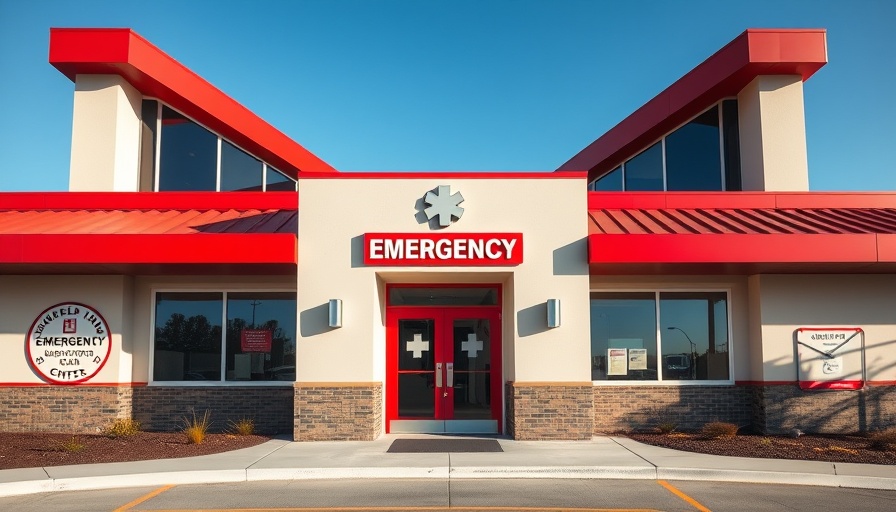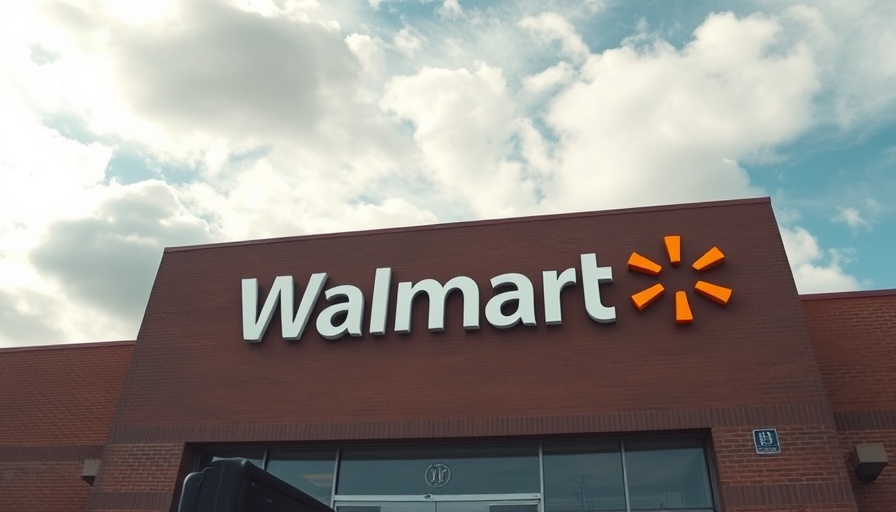
Rural Emergency Rooms: A Growing Concern for Patients
As rural communities continue to face challenges in healthcare access, the trend of emergency rooms operating without on-site doctors is raising serious concerns. The recent case at Dahl Memorial Hospital in Ekalaka, Montana, where patients routinely receive care from physician assistants instead of doctors, illustrates this alarming reality. With a population of just 400, patients here often have to be airlifted to larger hospitals for critical treatment due to the lack of medical personnel.
The Statistics Behind Doctor Shortages
A study from 2022 revealed that about 7.4% of emergency departments across the U.S. did not have any attending physician available 24/7, and most of these facilities are critical access hospitals serving rural areas. According to Carlos Camargo, a Harvard Medical School professor, while there is no definitive evidence yet to confirm an increasing trend, the concern among experts is that this situation is becoming more common.
The Debate: Quality of Care vs. Cost Efficiency
While some healthcare providers argue that trained physician assistants can effectively oversee ER operations, others caution that relying on non-doctors can compromise patient care. Leading medical organizations like the American Medical Association advocate for regulations requiring a doctor to be present around the clock in emergency rooms, which has already been adopted in states like Indiana and Virginia.
The Human Element: Access to Quality Care
For residents in rural areas, access to quality emergency care is vital, as emphasized by Alison Haddock of the American College of Emergency Physicians. Even though rural ERs may treat fewer patients, they still handle serious medical conditions. The lack of on-site doctors raises questions about whether patients are getting the care they need in a timely manner. Many areas may be left without fully staffed facilities, pushing them towards closure due to economic pressures and recruitment difficulties.
What Lies Ahead for Rural Healthcare?
The future of rural emergency medical care remains uncertain. Policymakers and healthcare leaders must navigate the fine line between fiscal sustainability for hospitals and ensuring that patients receive necessary medical attention without delay. Ongoing discussions around staffing practices and legislative actions will play a critical role in shaping healthcare for these communities.
For those affected, understanding the dynamics of rural healthcare can empower them to advocate for improved services in their hometowns. Engaging with local healthcare discussions might contribute to solutions that prioritize comprehensive and accessible emergency care.
 Add Row
Add Row  Add
Add 




Write A Comment